planting on septic mound
doucanoe
17 years ago
Related Stories
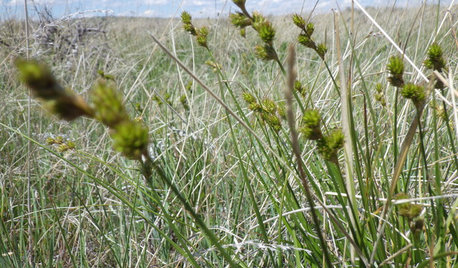
GARDENING GUIDESGreat Design Plant: Carex Brevior
This mounding sedge native to many U.S. states is tough as nails and can replace the traditional lawn in low-traffic areas
Full Story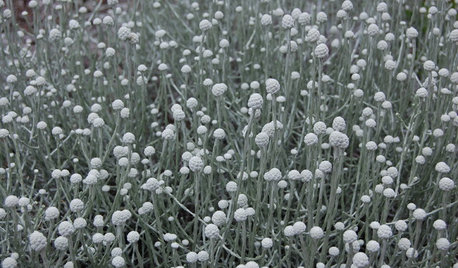
BLUE AND GRAY FOLIAGEGreat Design Plant: Cushion Bush
Fuzzy and otherworldly, this white mounding shrub lights up gardens through all four seasons
Full Story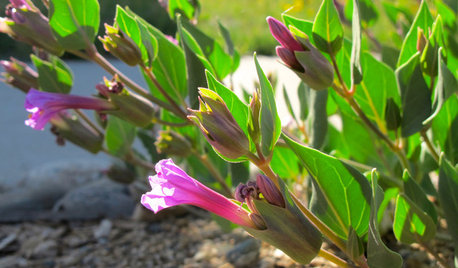
FLOWERS AND PLANTSMirabilis Multiflora Brings a Burst of Magenta to Dry Gardens
Plant this high desert native for its copious blooms, mounding habit and appeal to hummingbirds
Full Story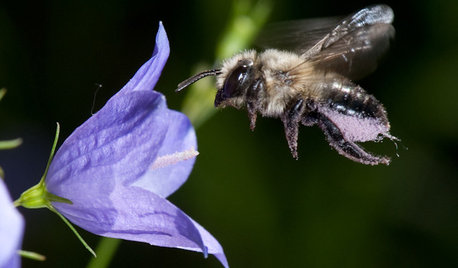
NATIVE PLANTSGreat Design Plant: Color Outside the Lines With Bluebell Bellflower
Plant this Campanula on pathway and patio edges for shots of bright blue from May through September
Full Story
NATIVE PLANTSPlant These Fall-Flowering Natives in Early Summer for Pollinator Love
These 3 groups of plants will support masses of beneficial insects come autumn
Full Story
GARDENING GUIDESGreat Design Plant: Butterfly Milkweed, a Beacon in the Prairie
Vivacious orange flowers for you, nectar for the butterflies and bees. Asclepias tuberosa is worth planting for more reasons than one
Full Story
GROUND COVERSNative Alternatives to English Ivy, Japanese Pachysandra and Periwinkle
These shade-loving ground covers are good for the environment and say something about where you are
Full Story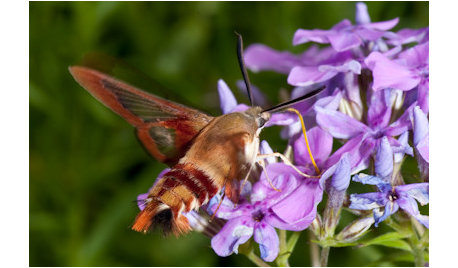
GARDENING GUIDESGreat Design Plant: Prairie Phlox Draws Winged Beauties
Beauty and a sweet fragrance are just the beginning with this spring bloomer. Watch the butterflies and moths descend on it for nectar
Full Story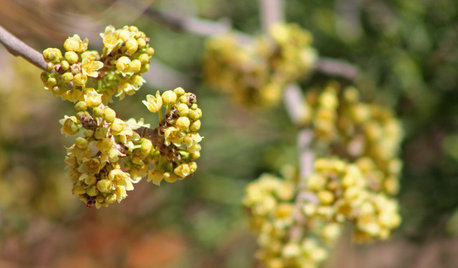
GARDENING GUIDESGreat Design Plants: Rhus Trilobata
Plant skunkbush sumac for its brilliant fall color, and tiny late-winter flowers that provide food for pollinators
Full Story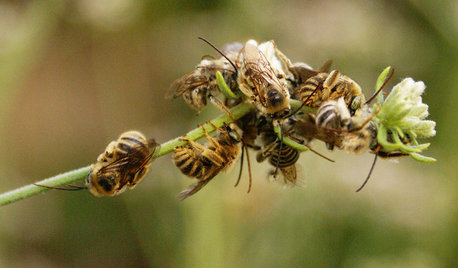
GARDENING GUIDESGreat Design Plant: California Buckwheat Pleases Pollinators
Beneficial insects go wild for this drought-tolerant plant’s summer flowers, while seed heads feed critters foraging in the cold
Full Story





lazyweeder
cheri_mn_524
Related Professionals
Norfolk Landscape Architects & Landscape Designers · Simpsonville Landscape Architects & Landscape Designers · Windham Landscape Architects & Landscape Designers · Richmond Heights Landscape Architects & Landscape Designers · River Forest Landscape Architects & Landscape Designers · Sand Springs Landscape Architects & Landscape Designers · Suffern Landscape Architects & Landscape Designers · Edmond Landscape Contractors · Alamo Landscape Contractors · Bethel Park Landscape Contractors · Corona Landscape Contractors · Gainesville Landscape Contractors · Lynn Landscape Contractors · Mission Viejo Landscape Contractors · National City Landscape Contractorszenpotter
leaveswave
doucanoeOriginal Author
Julie
doucanoeOriginal Author
lazyweeder
doucanoeOriginal Author
leftwood
Julie
lazyweeder
doucanoeOriginal Author
Julie
zenpotter
lazyweeder
wyndwalkr